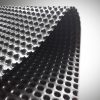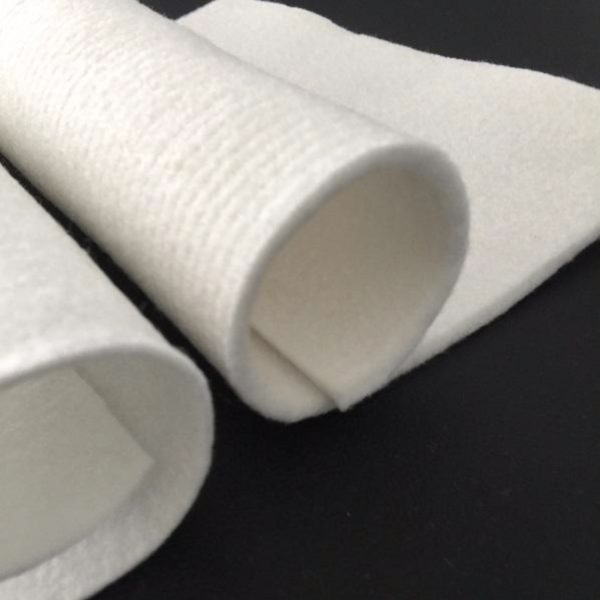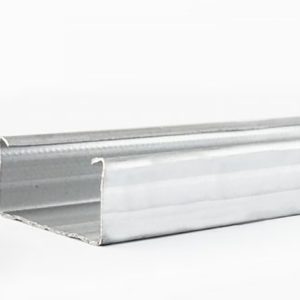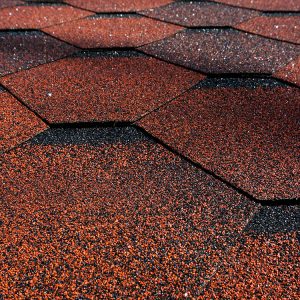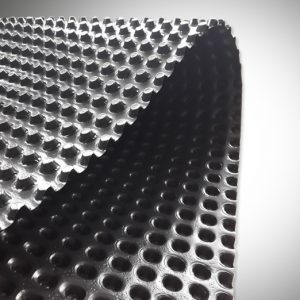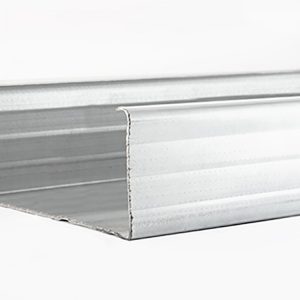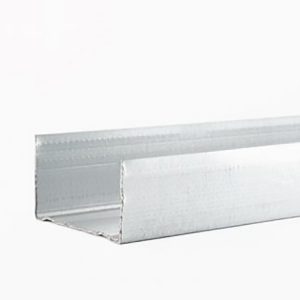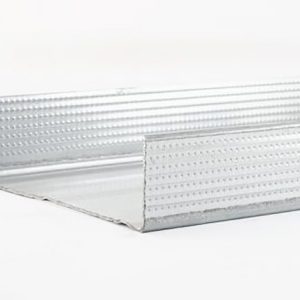Product information
Made of Polypropylene or Polyester raw material, is a nonwoven textile product where fiber is combined with needling method. There is no warp and warp in knitted geotextile. Geotextile is a permeable textile product that can be used with any material related to ground slip, soil or geotechnical engineering. It has a homogeneous structure.
Usage areas
- Temporary roads, connection roads, forest roads
- Proman roads, airport runways, taxiways and highways
- Parking lots, storage areas
- Railways, rail laying and rail renovation works
- Trench drains
- Vertical drains
- Agricultural drainage and drainage pipes
- Green roofs
Application method
In combination with drainage plate and in single applications; Geotextile felt is done by making 10 cm by overlap.
Separation function
Geotextile acts as a separation function when placed on a coarse-grained ground interface with fine-grained ground. Thus, it prevents the mixture of material due to the dynamic or static load from the superstructure.
Geotextiles, as a result of their characteristics of continuity, flexibility, deformability, permeability and high tensile strength, distinguish between two floors with different geotechnical properties, without interfering with the natural circulation of water.
Filtration function
The geotextile to be used in the filtration process is required to have the appropriate maximum pore opening, adequate water permeability, less compression and high porosity. After placement of the geotextile, some fine-grained ground is carried with the water in the ground. This material must be passed through the geotextile. Thus, there is a layer of geotextile against which there is no fine-grained material. This naturally acts as a screened filter layer to prevent small particles from moving towards the geotextile. If these fine grains are kept within the geotextile, a low permeable layer is formed and the flow of water is prevented. To prevent water flow and to prevent the formation of pore water pressure, the permeability of the geotextile should be at least as much as the permeability of the floor. Taking into account the risk of clogging and the compressibility of the geotextile, the safety factor is taken as 10 or 100 (in significant dams).
Drainage function
The geotextiles to be used for drainage must have high permeability, high pressure and good filter properties in their plane.
Strengthening function
It is the spreading of the ground loads on an evenly wide area and strengthening the ground mass by resisting the tensile forces. Unlike floors, geotextiles have tensile strength. They increase the tensile strength and deformability before breaking, thus strengthening the ground. Thanks to the reinforcement, road construction can be made on soft floors with significant aggregate savings.
Protection function
Geotextile protects the desired material by reducing or spreading the deformation and stress. Geotextile placed between two materials (eg between asphalt pavement and old pavement or between geomembrane and aggregate) protects one of the materials (asphalt pavement or geomembrane).
Insulation function
As a result, mechanical and hydraulic can be examined in two main groups; The use of reinforcement, reinforcement, separation, insulation, filtration and drainage functions of geosynthetics has been increasing in the last 20-30 years and they are effective in solving the problems related to civil engineering. These materials, which can be used in a variety of jobs instead of traditional methods, provide new features that they do not naturally have on the ground, develop engineering parameters, provide direct and indirect advantages and lead to various recoveries. In the scope of this paper, the benefits provided by the places where they are used are also examined extensively.


